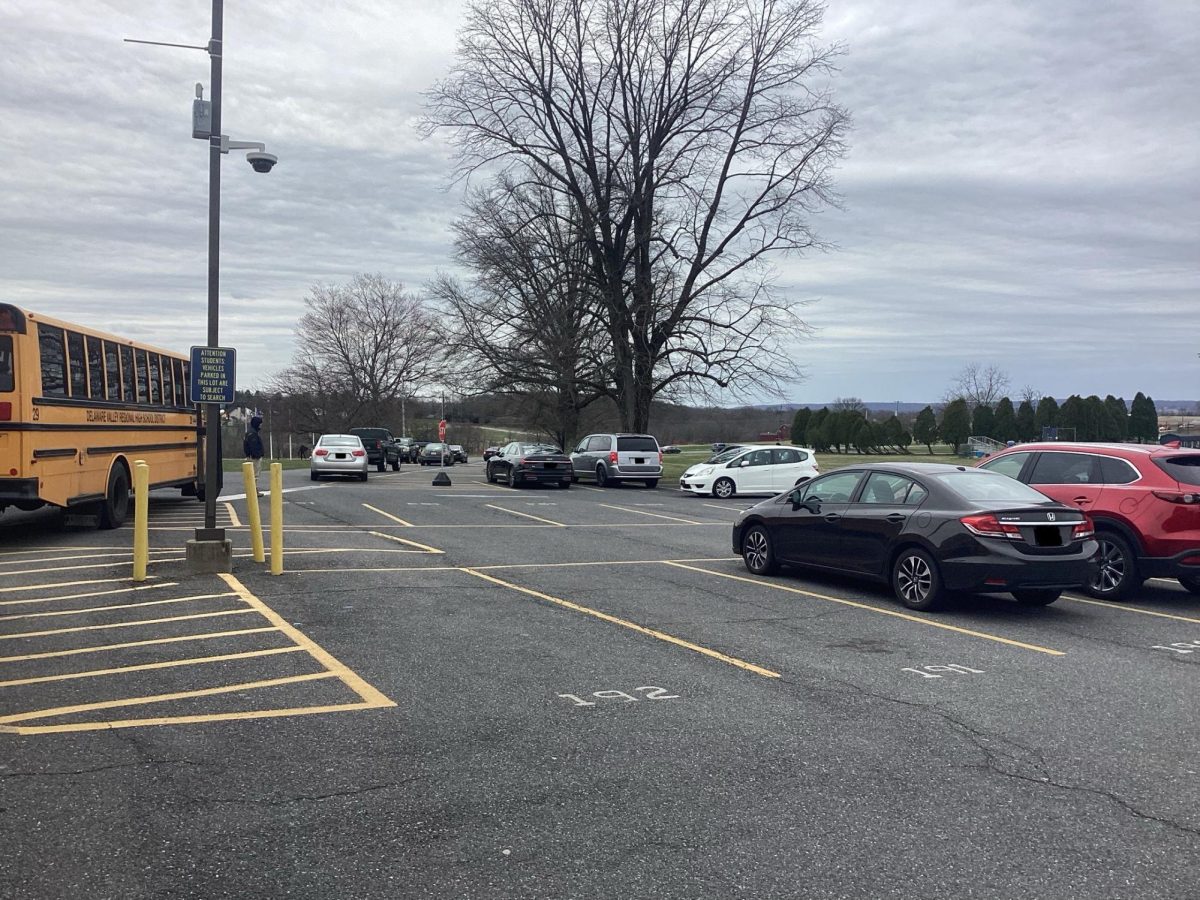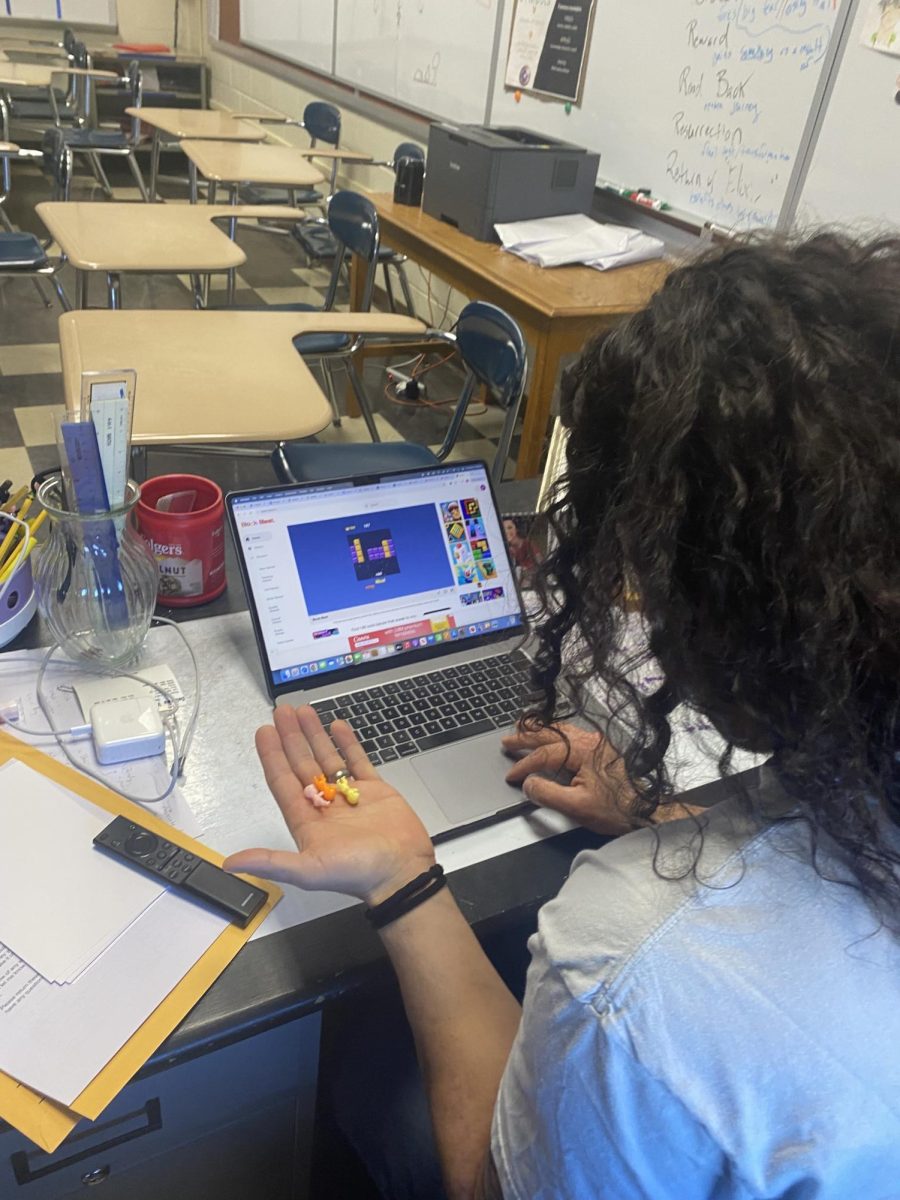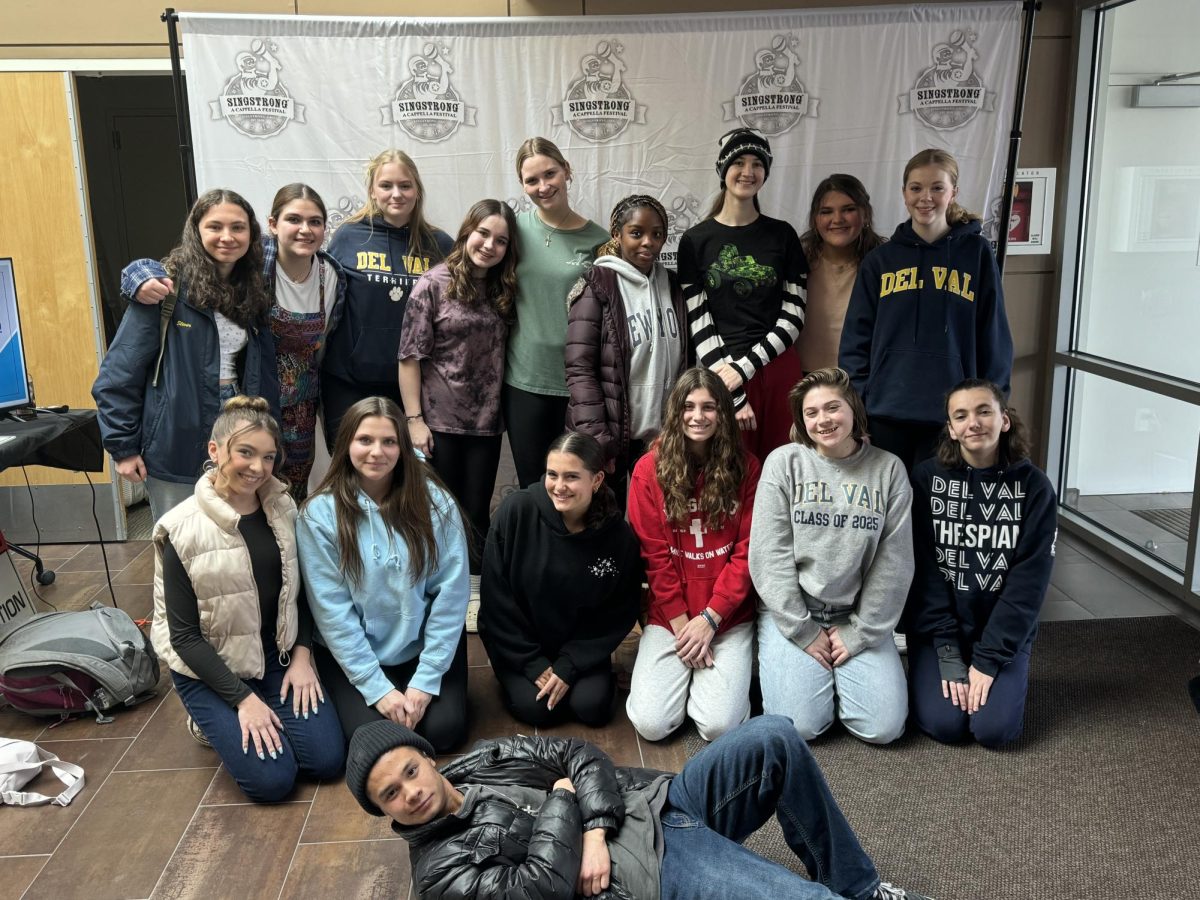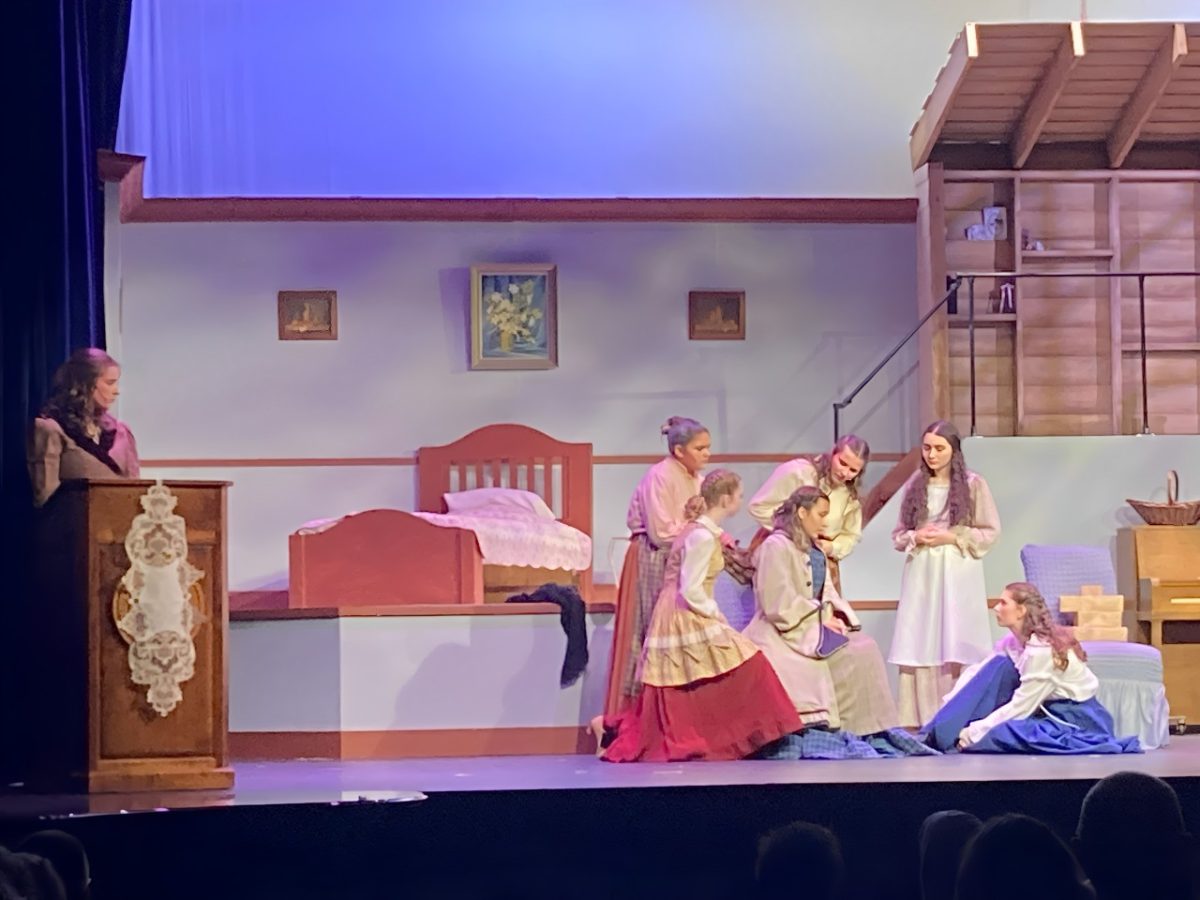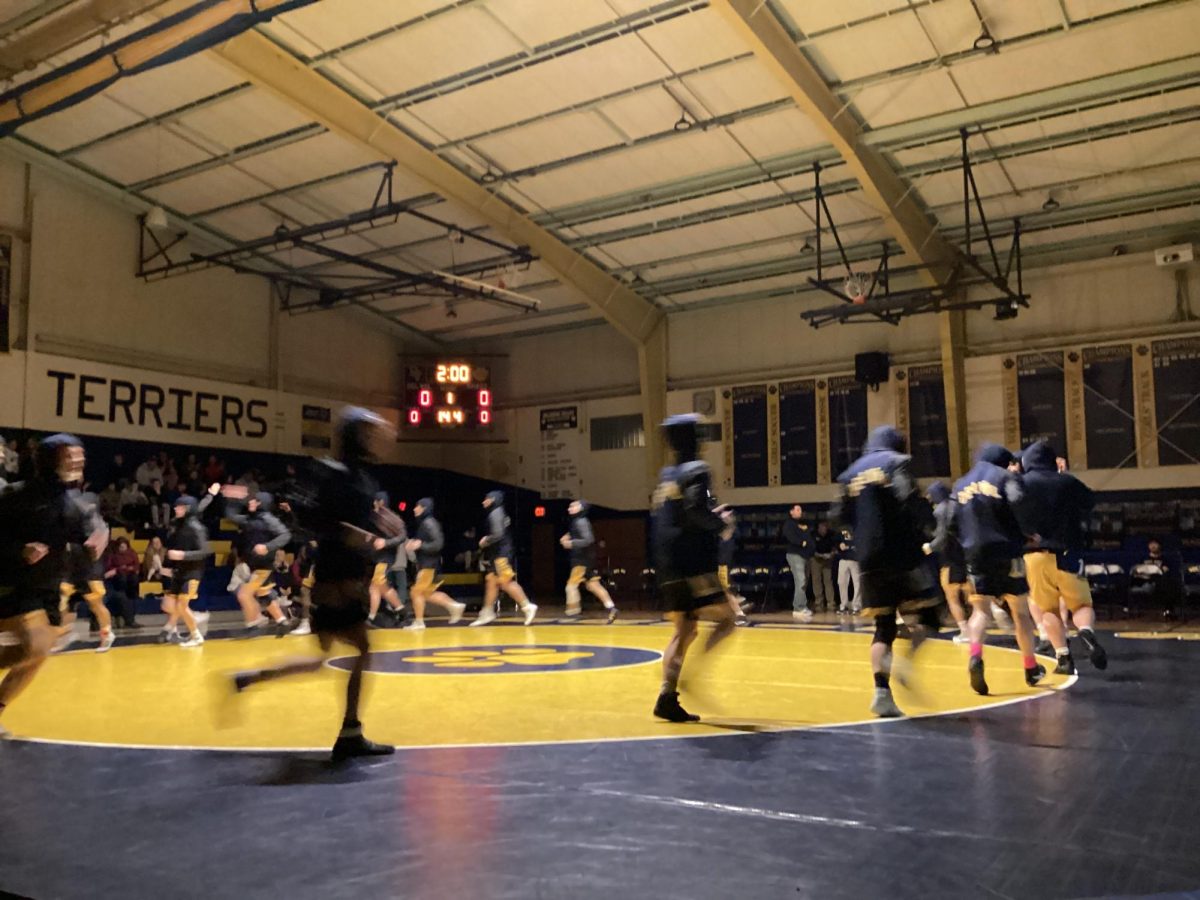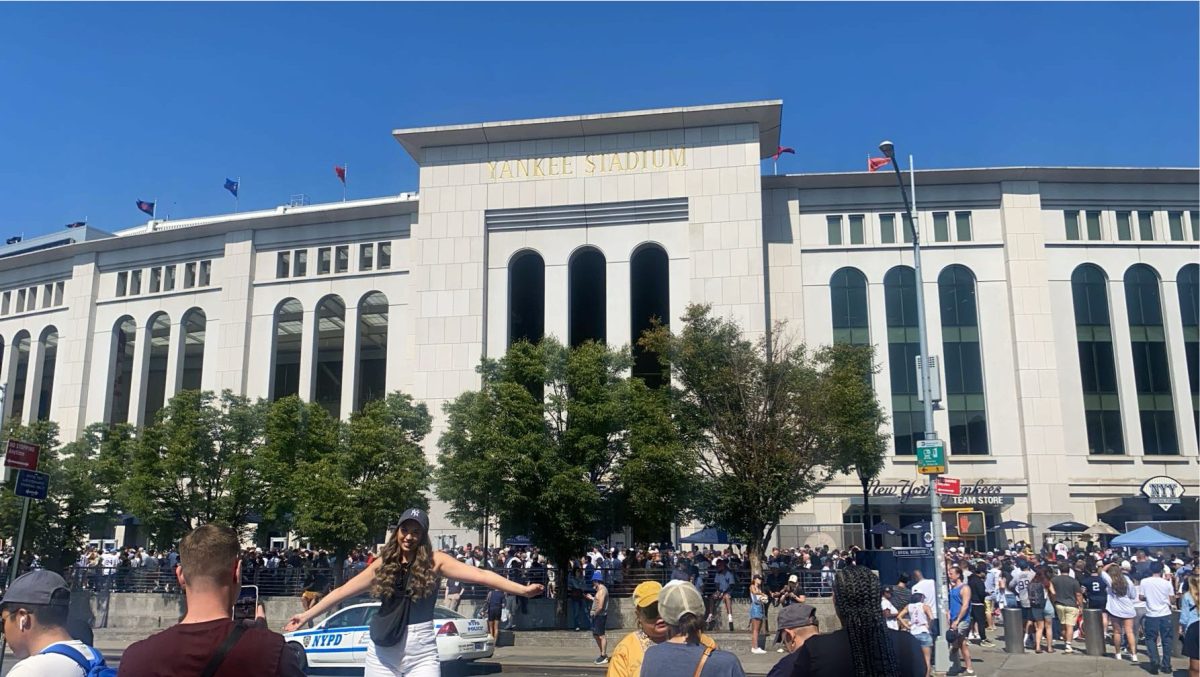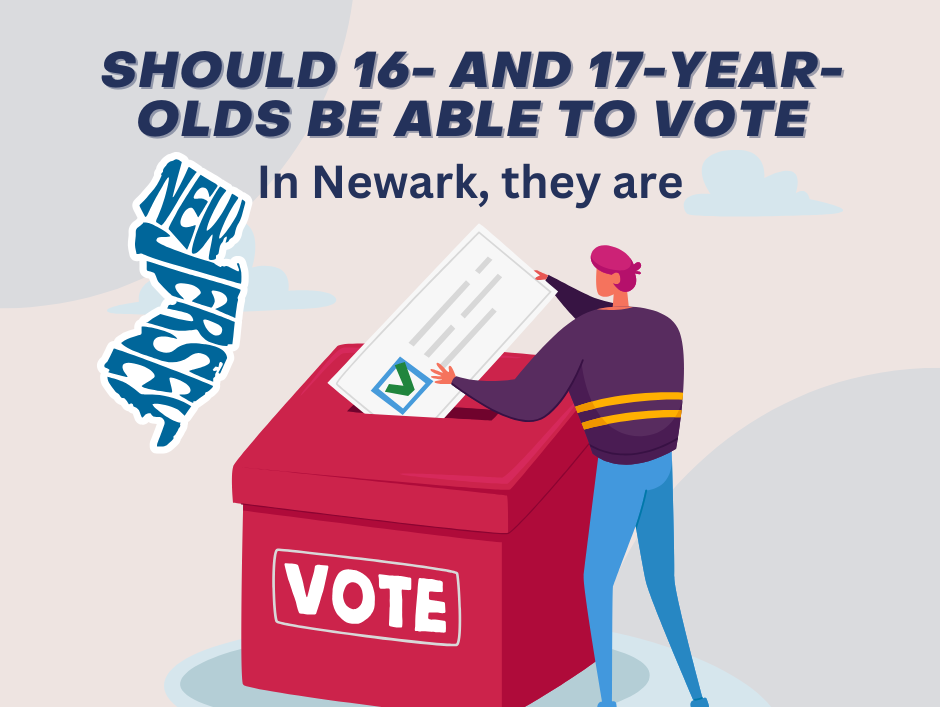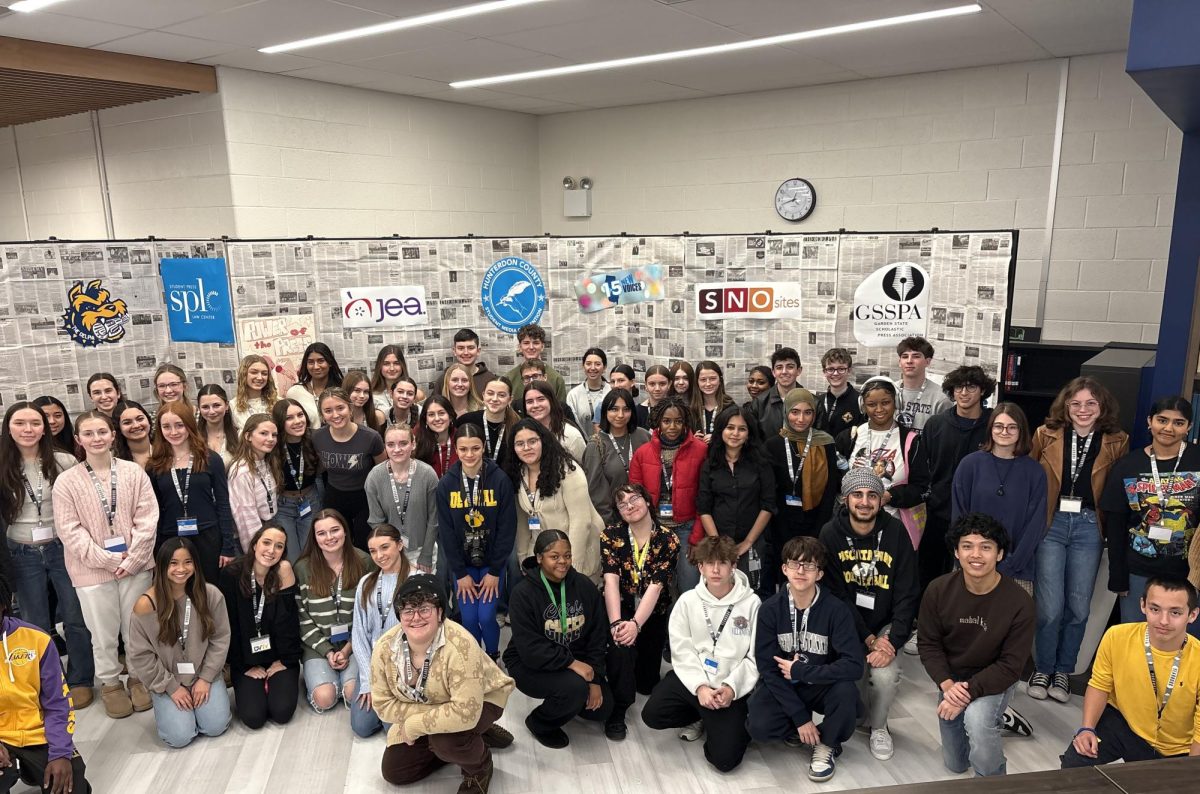Maplewood and South Orange New Jersey schools have banned Halloween festivities during school hours.
The school district’s superintendent, Dr. Ronald Taylor, stated that through a poll with his principals, he discovered that Halloween celebrations have created a tense environment between religion, financial status and education.
He said in a letter to families that the ten schools which make up the district would no longer be holding celebrations for the holiday during the week leading up to or on Oct. 31. Additionally, costumes were not to be worn during school hours.
South Orange and Maplewood School District’s schools have a substantial amount of Muslim, Orthodox Jewish and Christian attendees, some of whom choose not to celebrate, and the district said that it wants to avoid these students feeling excluded.
The schools have since faced major backlash from parts of their community. Some parents have expressed their opinion that instead of banning it entirely, the school needs to find a middle-ground.
“We believe it’s important for schools to strike a balance between respecting diverse beliefs and maintaining the joyous spirit of Halloween, which can be a valuable learning experience for children” said SOMSD parent, Maureen LePiane.
The letter also stated that the school would hold “fall festivities” in place of these, but because of the short notice, some schools would not achieve this till next year.
New Jersey governor Phil Murphy added to the discussion via X (formerly known as Twitter).
“Seriously? We can’t let kids celebrate Halloween?” tweeted Murphy. “Give me a break.”
One of Taylor’s main arguments was that this choice would support financially stricken families worrying about purchasing a costume. Though this affects some, it is also important to note that Maplewood and South Orange have an average household income of $156,477 and $160,366 respectively. Considering the average New Jersey income in 2022 was $96,346, this figure puts them in almost the 75th percentile.
This does not discredit those who are struggling in this community, but lack of funds for a costume clearly does not affect a great majority. This statistic alone is not a reason to end the celebrations entirely.
In today’s society, it is especially important to teach children to be accepting of their peers and their traditions. By removing Halloween, Taylor is effectively taking away an opportunity to teach young children about inclusivity.
Many holidays come from a religious background, but that does not mean they hold religious values today. Valentine’s Day and St. Patrick’s Day both come from religious origins. Does this mean schools need to stop celebrating holidays all together?
No. Instead, schools have found their own ways to celebrate without making religion an issue. If parents feel uncomfortable with these celebrations, they can ask schools to prepare separate activities for their children that can still be done with the other students. The world needs to stop viewing a secondary option as exclusion but instead as accommodation.
When issues like this arise, it is important to take a child’s wellbeing into account, but it’s also important to recognize the majority of students. In Orange County, 56.7% of residents are religious according to Dwellic’s census report. Of this, 7.4% come from religions who either partially or do not celebrate Halloween.
7.4% does not justify the erasure of a holiday. If every decision could be vetoed by less than a tenth of the people, the world would not function. All schools have an array of different social, religious and cultural backgrounds, and yet they have learned to make compromises on this topic for decades. SOMSD needs to learn to do the same.




